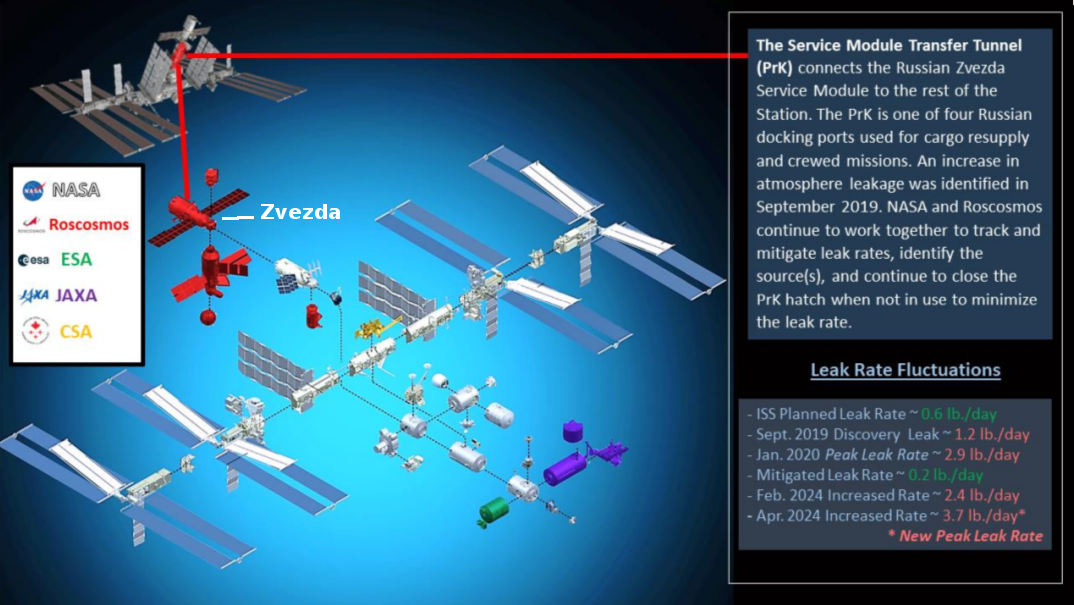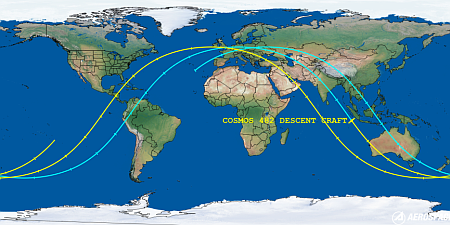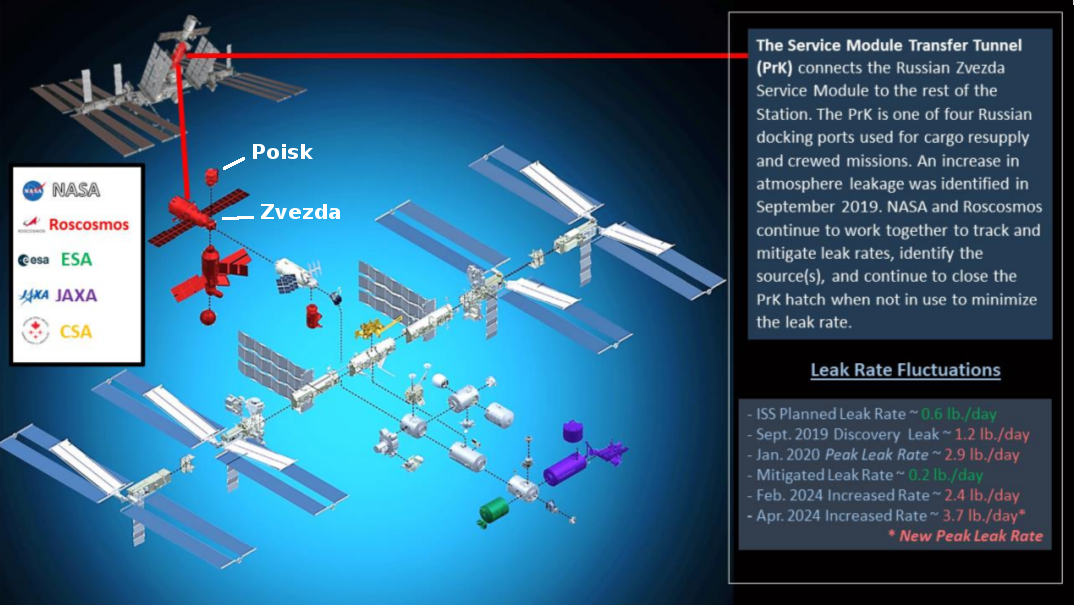Russia: Commercial satellite constellations providing help to the Ukraine are now targets
Russia this week informed regulators at the International Telecommunications Union (ITU) that it now considers all European and American private satellite constellations “legitimate targets to be destroyed” if they provide any help to the Ukraine.
Russia tells ITU that GPS/Galileo/GNSS nav & commercial broadcast sats helping Ukraine militarily should expect interference. Same for EutelsatGroup, OneWeb, Starlink constellations, which Russia has said are ‘legitimate targets to be destroyed.
There is more at the full article, but that is behind a subscription paywall.
Russia’s announcement here is probably in response to Trump’s more bellicose statements recently about Putin and Russia.
It is hard to predict what will happen, especially when you have a dictator like Putin in power where rational thinking can never be relied on and no laws apply. For example, destroying any orbiting satellites in low Earth orbit will create space junk that will threaten ISS, and a situation NOT beneficial to Russia.
I suspect Russia will begin by trying to jam these constellations. Let us hope it does not go farther than that.
Hat tip to BtB’s stringer Jay.
Russia this week informed regulators at the International Telecommunications Union (ITU) that it now considers all European and American private satellite constellations “legitimate targets to be destroyed” if they provide any help to the Ukraine.
Russia tells ITU that GPS/Galileo/GNSS nav & commercial broadcast sats helping Ukraine militarily should expect interference. Same for EutelsatGroup, OneWeb, Starlink constellations, which Russia has said are ‘legitimate targets to be destroyed.
There is more at the full article, but that is behind a subscription paywall.
Russia’s announcement here is probably in response to Trump’s more bellicose statements recently about Putin and Russia.
It is hard to predict what will happen, especially when you have a dictator like Putin in power where rational thinking can never be relied on and no laws apply. For example, destroying any orbiting satellites in low Earth orbit will create space junk that will threaten ISS, and a situation NOT beneficial to Russia.
I suspect Russia will begin by trying to jam these constellations. Let us hope it does not go farther than that.
Hat tip to BtB’s stringer Jay.



